Thanks to the care of Prince Irenejus Oginskis, the construction of the Rietavas Church began on 9 June 1853. Its cornerstone was consecrated by Bishop Motiejus Valančius of Samogitia. The design was prepared by Friedrich August Stuler, the architect of the Prussian royal court. Due to the dramatic aftermath of the 1863 uprising and the mysterious death of I. Oginskis, the construction work was delayed until 1874.The completion of the work was supervised by the Duke's wife Olga and son Bogdanas.The architectural expressiveness of the neo-Romanesque style of the Rietavas Shrine made it the pride of the whole of Samogitian. It is adorned with five marble altars created in the workshop of Leon Bukneu in Brussels, as well as expressive busts of Prince Irenėjus Oginski and his wife Olga by the sculptor Pjere Armand Catier. The statues, which were brought from Poznan, are also expressive, as are the oak lecterns, the pulpit, and the box of oak seats behind the high altar, which used to house the chamber orchestra during the ceremonies. The floors of the central and side aisles are covered with grey and black sandstone, while the apse is covered with white and black marble slabs.The pride of Rietavas is the historic 100-bulb chandelier, which swings beneath the vaulting of the central cupola. It reminds us that the first electric light shone here on Easter morning in 1892. Unfortunately, the unique 26-register organ, built by Dresden organ builder Karl Eduard Jemlich, has not survived. At the outbreak of World War II, it was destroyed by bombing in 1941. In 2001-2018, thanks to the concerted efforts of the department of Cultural Heritage, the Rietavas Municipality and all the faithful of the Rietavas parish, the Rietavas Church once again shone with its unique beauty and grandeur. Its doors are open to all those who seek a source of spiritual refreshment and indestructible signs of historical memory and identity.

+6


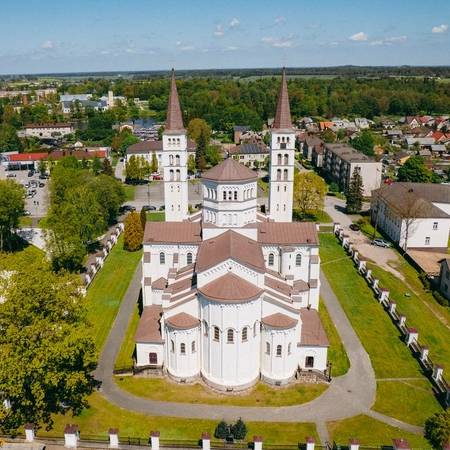
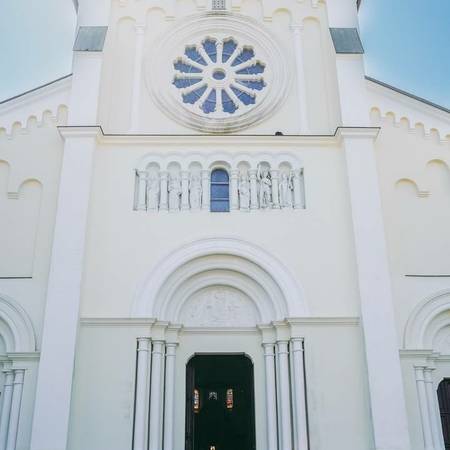
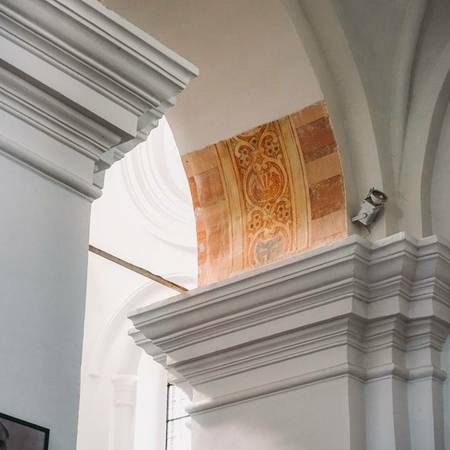
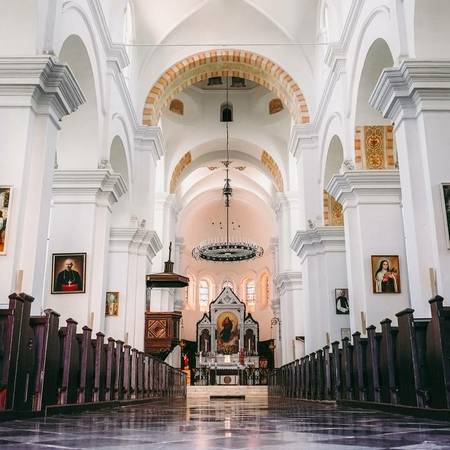
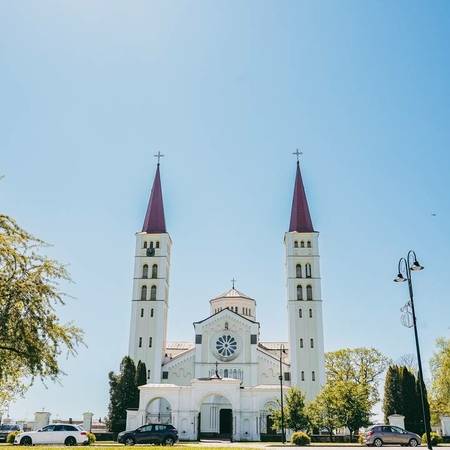
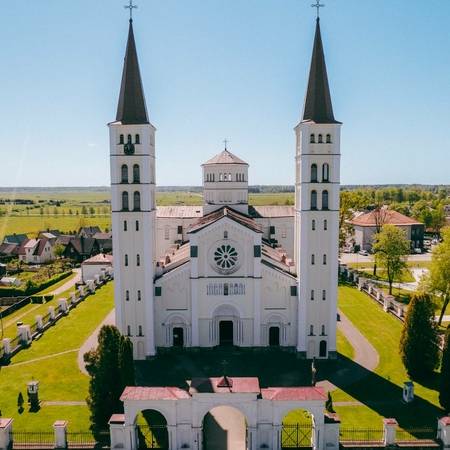
Reviews